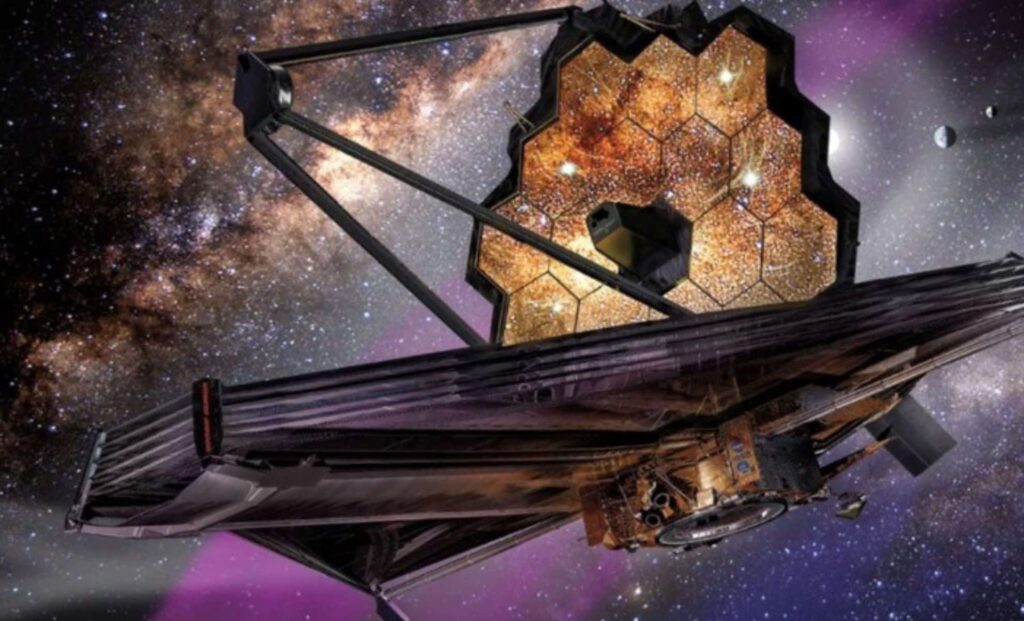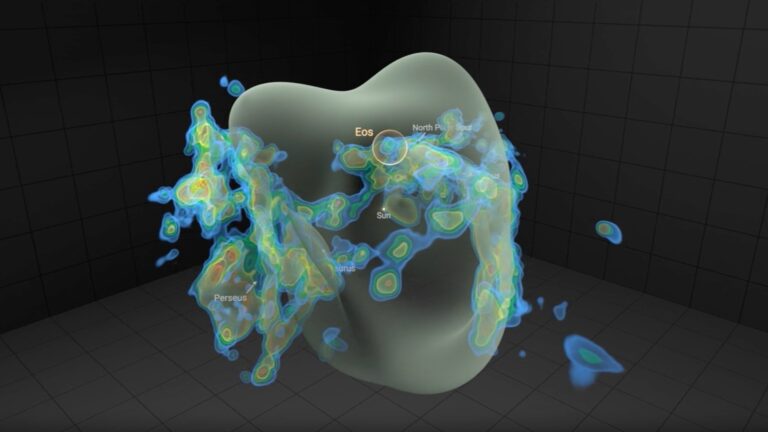
James Webb Telescope Confirms a Troubling Anomaly: Something Is Seriously Wrong with Our Understanding of the Universe – The Daily Galaxy
2025-04-25T11:45:00Z
The James Webb Space Telescope just confirmed a shocking revelation about the universe’s expansion rate. This discovery shakes the very foundations of modern cosmology. New data may force a major rethink of everything we thought we knew about the cosmos.
Recent observations by the James Webb Space Telescope (JWST) have added new weight to one of the most perplexing problems in cosmology: the Hubble Tension. This issue, which describes the discrepancy between different measurements of the universe’s expansion rate, has the potential to shake the very foundations of modern physics.
After years of debate, the combined data from the JWST and Hubble Space Telescope now confirm that the anomaly is not caused by measurement errors, pointing to a deeper, unresolved issue in our understanding of the cosmos.
The Hubble Tension Deepens
For years, scientists have struggled with the Hubble Tension, a term used to describe the ongoing conflict between two different methods of measuring the rate at which the universe is expanding.
One method involves analyzing the Cosmic Microwave Background (CMB), the faint remnants of the universe’s first light, measured by the Planck Satellite. This method suggests that the expansion rate, or Hubble constant, is about 67 km/s/Mpc.
The second method, based on measurements of Cepheid variable stars, presents a much higher rate of 74 km/s/Mpc. These stars, whose light fluctuates in a predictable pattern, provide an essential tool for astronomers to gauge distances in the universe.
The gap between these two values has confounded astronomers for years, with many suspecting measurement errors could be to blame. However, recent data from the James Webb Space Telescope has put that possibility to rest.
JWST’s infrared capabilities allowed astronomers to refine their measurements of Cepheid stars, confirming earlier results obtained by the Hubble Space Telescope. This new data indicates that the discrepancy between the two measurement methods is real, and not a result of faulty data or miscalculations.
JWST’s infrared cameras allow it to look at the universe in more precise detail than any telescope before it. (Image credit: NASA, ESA, CSA, J.
A Crisis in Cosmology
The confirmation of the Hubble Tension marks a turning point in our understanding of the universe. According to Adam Riess, lead author of the study published February 6 in the Astrophysical Journal Letters, and professor of physics at Johns Hopkins University,
“What remains is the real and exciting possibility we have misunderstood the universe.” This statement captures the gravity of the situation: what we once thought we understood about the expansion of the universe might be fundamentally flawed.
In fact, the growing body of evidence points to a crisis in cosmology. David Gross, a Nobel Prize-winning physicist, has described this as a “crisis” rather than a mere “problem” in the field.
As the tension between the two measurement methods continues to persist, scientists are now forced to confront the possibility that existing models of the universe, including those that incorporate dark matter and dark energy, may need to be revised or even entirely overhauled.
The Role of James Webb and Hubble
The collaboration between the James Webb Space Telescope and the Hubble Space Telescope has been key to confirming the existence of the Hubble Tension.
With JWST’s advanced infrared technology, astronomers were able to gather more precise measurements of Cepheid stars than ever before. This allowed them to validate earlier Hubble measurements and eliminate any doubts about potential measurement errors.
As Riess explained, “Combining Webb and Hubble gives us the best of both worlds. We find that the Hubble measurements remain reliable as we climb farther along the cosmic distance ladder.”
This confirmation of the discrepancy is crucial, as it suggests that the Hubble Tension is not just a fluke or an error in the data, but rather a fundamental anomaly that could challenge some of the most basic assumptions in cosmology.
New Theories on the Horizon
With the Hubble Tension now confirmed, scientists are looking to new theories to explain the discrepancy.
Some researchers have suggested the existence of unparticles, a theoretical class of particles that could explain the accelerated expansion of the universe. Others have proposed that extra dimensions, a concept from string theory, could be influencing the rate of expansion on a cosmic scale.
Additionally, there is growing speculation that the gravity we observe at large scales might not behave as expected based on Einstein’s theory of relativity. If gravity operates differently at cosmic scales, it could help explain the discrepancy between the two methods of measuring the Hubble constant.
As these new theories are explored, future observations from James Webb and other space missions, like the Euclid mission from the European Space Agency and NASA’s upcoming WFIRST mission, will be crucial in testing these hypotheses and further refining our understanding of the universe’s expansion.
Auto-posted from news source






